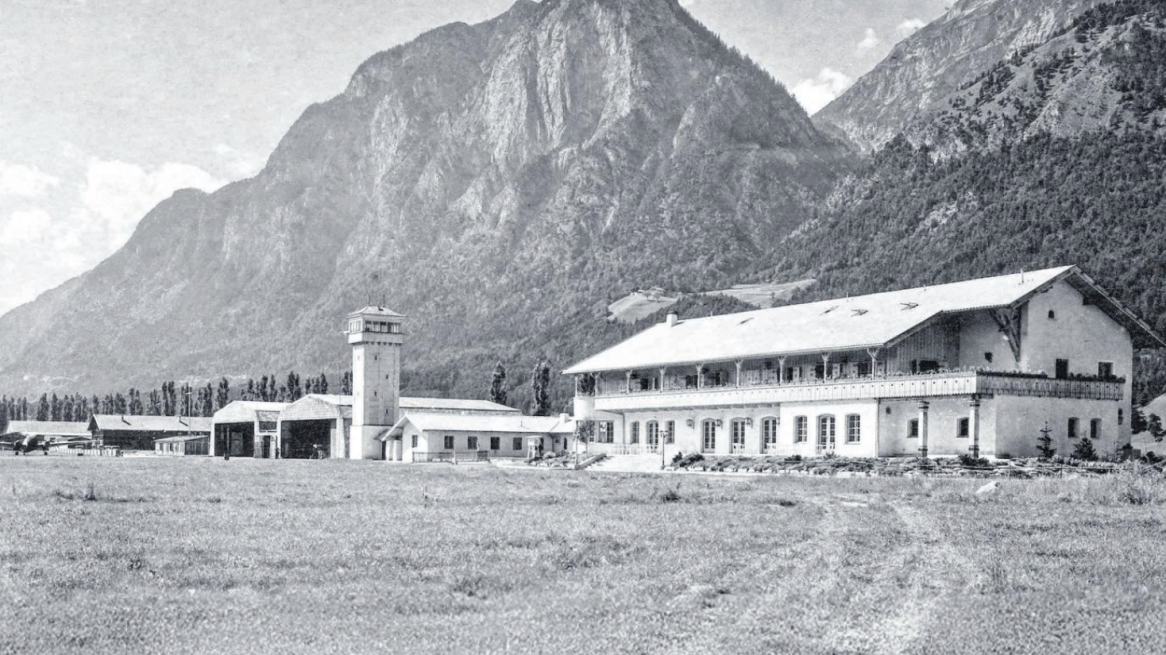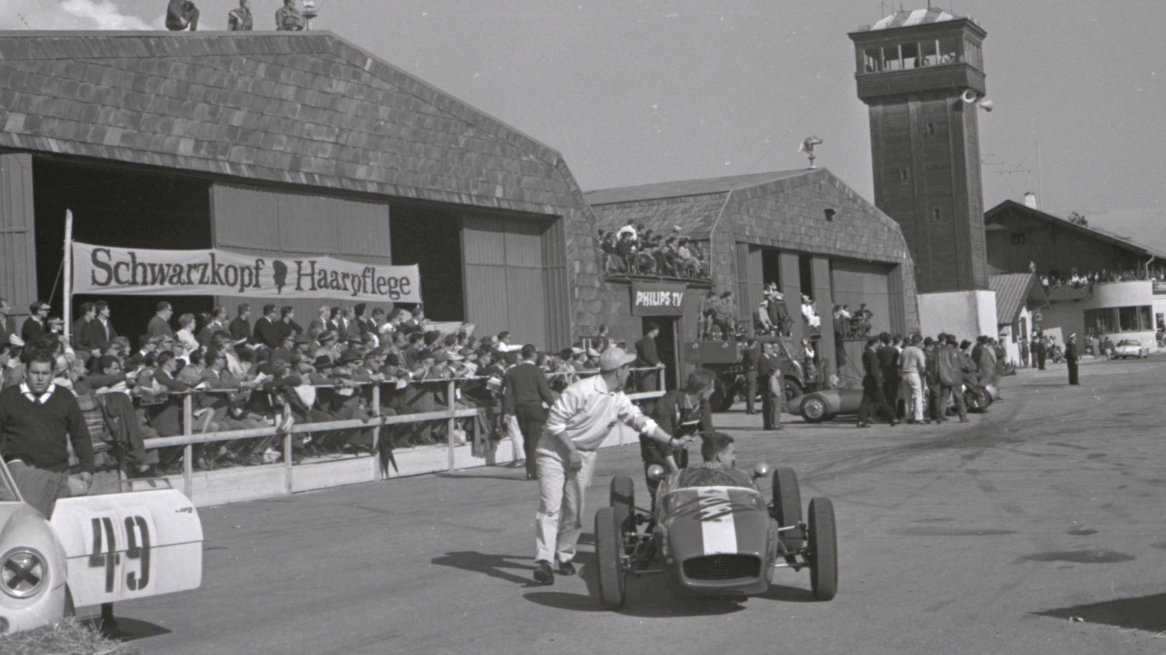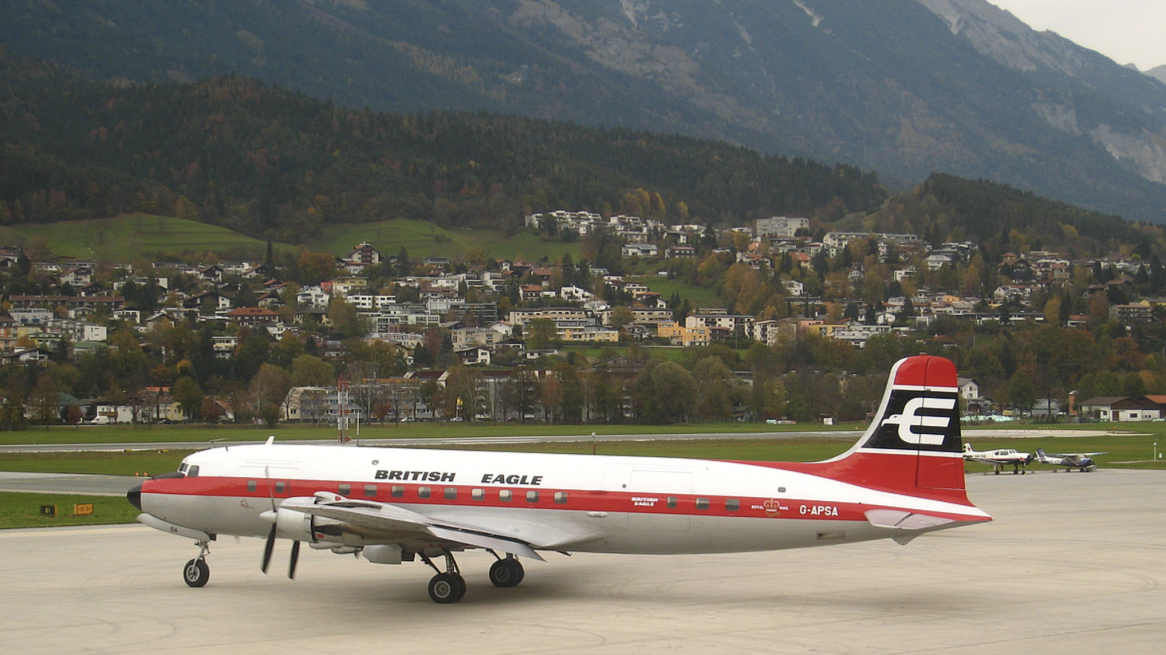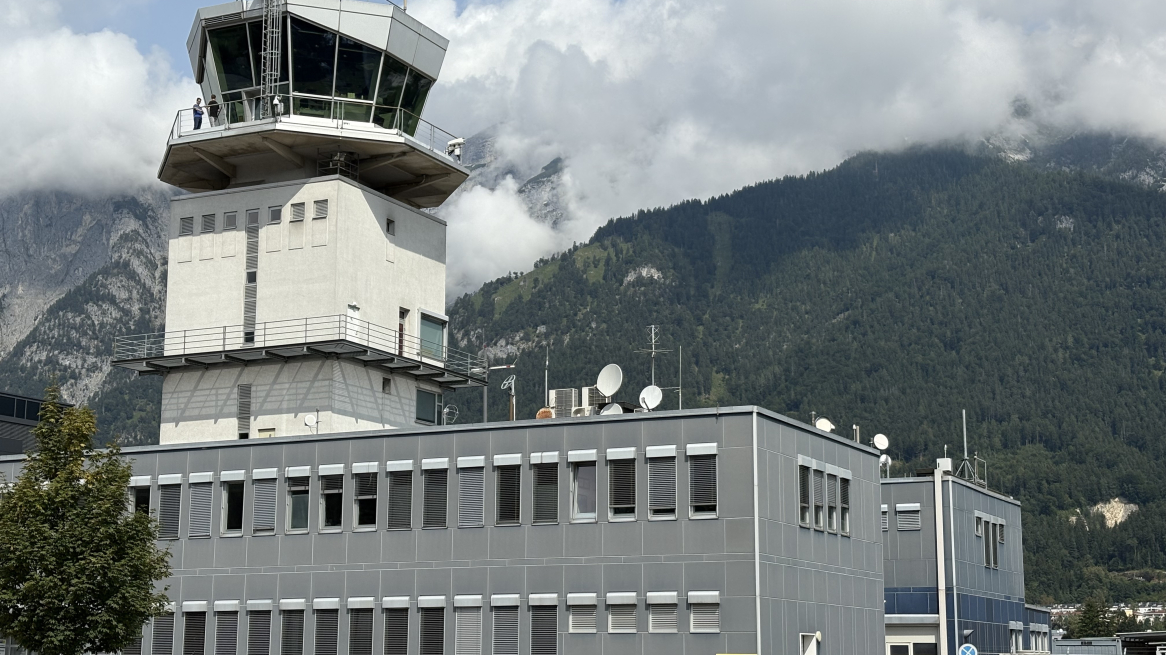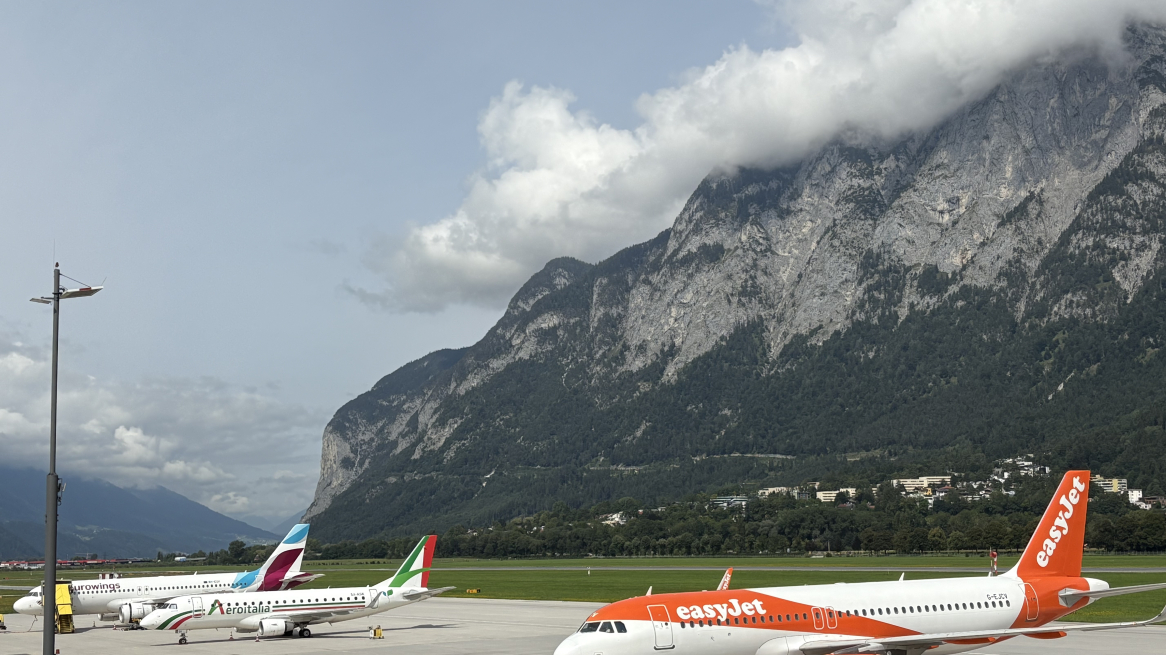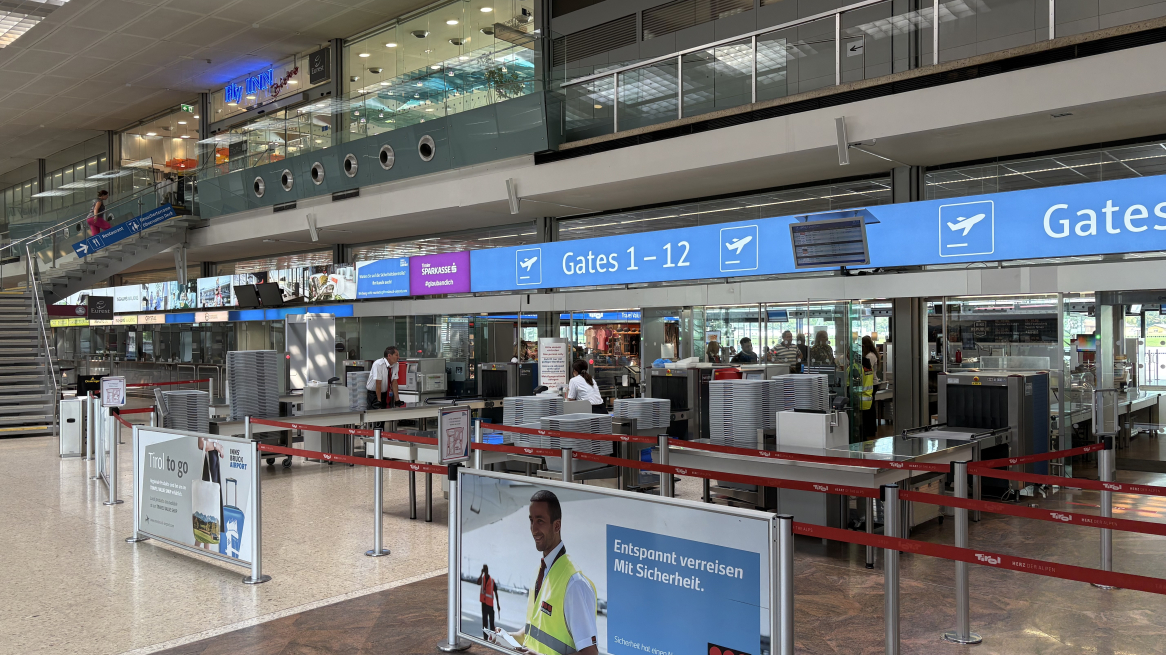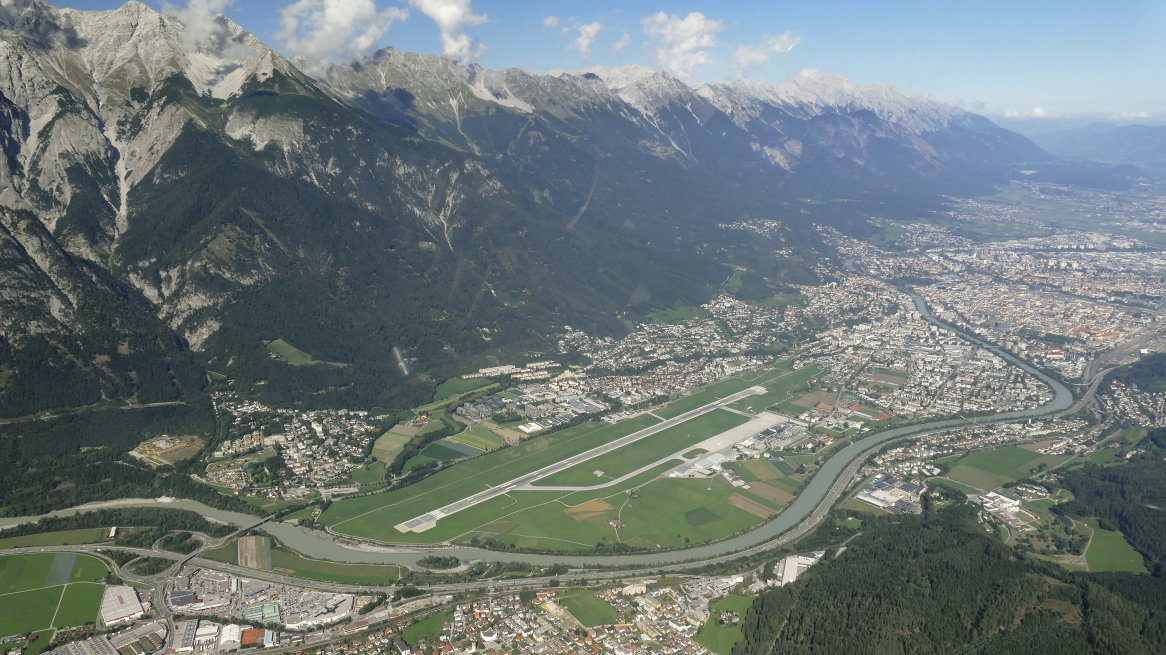
100 years ago, in the morning hours of June 1, 1925, dignitaries, military personnel and politicians, including an honorary company of the Alpine Infantry Regiment No. 12, gathered to celebrate the opening of the new airport in Reichenau. An event that could hardly be surpassed in terms of realism.
No sooner had the gospel of the festive service been read than an airplane coming from Vienna rattled over the airfield and landed on the field after a dashingly flown turn. Five minutes later, the next aircraft buzzed from the Reitherspitze over the field mass, dignitaries and military personnel. Representatives of the Bavarian government and the mayor of the city of Munich climbed out of the South German Aero Lloyd aircraft. They were the first passengers on the Munich-Innsbruck-Munich route, which was opened almost on the dot with the landing. If you trust the commentaries of the time, you have to admit: The opening of an airfield with such a unique show can hardly be topped. There was a lot going on!
From Innsbruck to Paris
The initial demand for flights shows how quickly aircraft had developed at the time. Shortly after the opening, flight connections from Innsbruck Airport to Paris, Strasbourg, Zurich and Vienna were established. This was followed by connections to Bolzano (!), Trento and Milan. So there must have been no shortage of passengers.
Sightseeing flights with the airport manager
The legendary airport manager Alfred von Eccher was one of a handful of courageous pilots who used the early years of the airport to introduce the flying boxes to the whole country. He was known for offering sightseeing flights in his 'Tirol plane'. His biplane - a machine developed by the German flying ace Udet - was known in the furthest corners of the country. This was because 'off-field landings' were normal at the time and not yet a rarity.
One of the rare photographs of an off-airport landing by airport manager Alfred Eccher in Igls. Image: Innsbruck city archives
His deputy Raoul Stoistavljevic, on the other hand, went 'up high' straight away. He was known for supplying alpine huts from the air. An activity that has now become the norm using helicopters.
Emergency airfield for the Nazis
The consequences of the global economic crisis of 1929 had a very negative impact on the airfield. There were massive route cutbacks. Even the upturn during the Nazi regime, which many had initially hoped for, was short-lived, as the airfield in Reichenau was adapted for military purposes by the Nazis. National and international scheduled flights came to a standstill. The planned new construction on the Ulfwiese - where the airport is located today - had triggered planning, but the meadow itself was only declared an emergency airfield. A new airport was not built.
New airfield from 1946, regular scheduled flights from 1950
After the war, exactly 21 years after the opening of the first airfield in Reichenau, the French occupation at the time laid the foundation stone for today's airport site in the Höttinger Au. Flight operations began on January 15, 1948, and a regular scheduled service between Amsterdam and Innsbruck was established on June 4, 1950.
in 1955, the British Eagle Airways brought tourists from London to Tyrol for the first time. It actually laid the foundation for the British air tourism in Innsbruck that continues to this day.
Airport races were very much in vogue
In connection with Innsbruck Airport, I still remember events that would be unimaginable today, namely car races. A total of 18 international car races took place on the 1700 meter long and 14 meter wide runway. It is hardly known that Jochen Rindt began his career at the age of 18 on the Innsbruck Kranebitten race track. in 1965, he won in three classes. Niki Lauda, Hans Herrmann and Dieter Quester also raced around the Innsbruck circuit. in 1977 the fun came to an end, the enormous noise became a burden for the city, as the roar of the engines could be heard right into the city center. I recommend visiting the Website of the Innsbruck city archives which offers extremely entertaining, sometimes amusing anecdotes about the airfield races. 100 years of Innsbruck Airport provide a rich source of stories.
Austria's biggest aviation disaster
The airfield experienced its first 'endurance test' in 1964 when it hosted the Winter Olympics. For this reason, a new airport area including a terminal was built south of the existing runway. However, the decision not to install a technical approach aid was to lead to Austria's biggest aviation disaster and an existential crisis at the airport shortly after the end of the Winter Games: On February 29, 1964, a British Eagle Bristol Britannia with 83 people on board crashed on approach to Innsbruck in the area of the Glungezer. As a result, air traffic almost came to a standstill. The German television report on the plane crash gives a vivid picture of the situation at the time.
An aircraft of this type, a Bristol Britannia of the British Eagle, crashed into the Glungezer. Picture: City Archive Innsbruck
More than 1,000,000 passengers in 2019
As it was still only possible to fly to the airport when visibility was good, the airlines said goodbye to Innsbruck. A referendum in 1973 voted in favour of continuing flight operations, and the long overdue modernization of the approach aids, a so-called 'cloud piercing procedure', was put into operation before the start of the Innsbruck Winter Games in 1976.
The founding of Tyrolean Airways and its launch on April 1, 1980 heralded a new era for the airport. As a result, the magic passenger mark of 100,000 was exceeded for the first time. Before the outbreak of the coronavirus pandemic, the airport recorded its absolute all-time high in 2019: 1,144,541 passengers took advantage of the opportunity to fly to and from Innsbruck.
It is not only the statistics for passengers carried that are interesting: they were a far cry from their high in 2019 in 2024, when 862,202 people used the airport as passengers. It is also the flight movements, i.e. take-offs and landings per year, that are interesting. While 17,154 aircraft movements were registered in 2000, the figure for 2024 was just 7573, suggesting that larger aircraft are being used.
Innsbruck Airport: My link recommendations
Tanja Chraust presents an excellent account of the first 40 years of Innsbruck Airport in a volume published by the Innsbruck City Archives: "Innsbruck Aviation" - from its beginnings to the end of the Second World War. Remaining copies are available directly from the Innsbruck City Archives.
The unique website of the city archive 'Innsbruck remembers' provides entertaining texts about the airport, pilots, aircraft, etc.
Rate this article
Show me the location on the map
A volunteer at the "Schule der Alm" alpine farming school, cultural pilgrim, Tyrol aficionado and Innsbruck fan.
Similar articles
Hinter der wunderschönen blassrosa gehaltenen Barockfassade eines Hauses in der Innsbrucker Altstadt verbirgt sich eine Art…
Höttinger Breccie is so omnipresent in Innsbruck that not only is it lurking around every corner, but…
Since Samuel Tanner has been able to fly, you rarely see him on the ground. He will…
Historic streetcars in Innsbruck: these…



